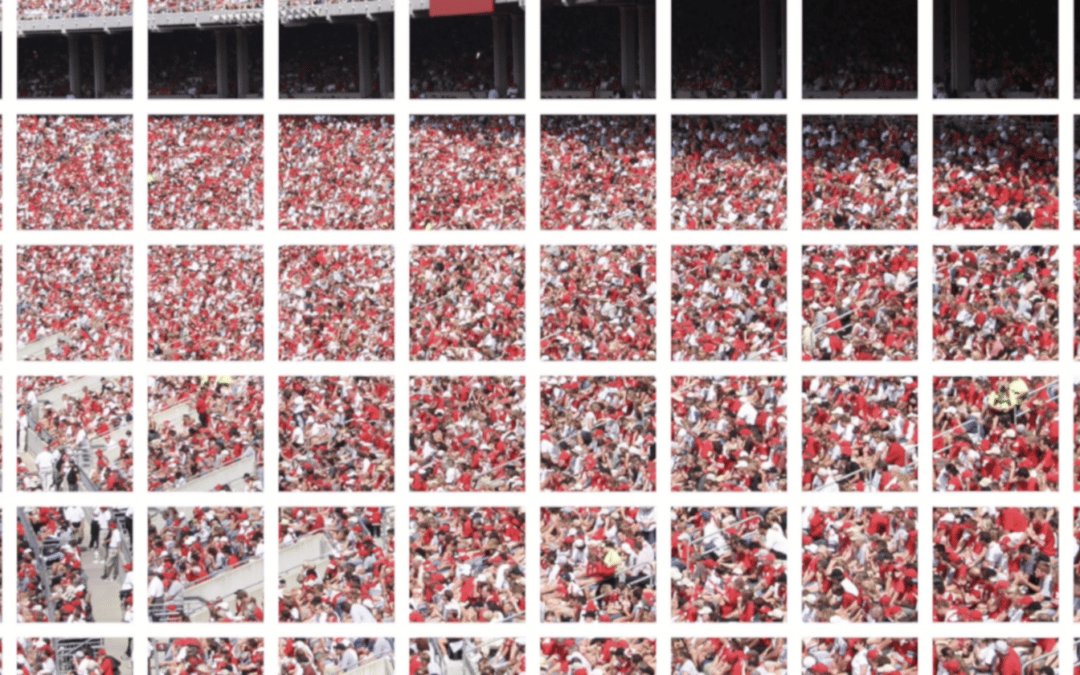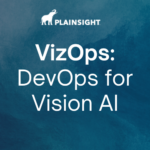February 23rd is National Tile Day. But if you’re looking to learn about the benefits of granite versus marble, you’ve come to the wrong place. This year, we’re celebrating by taking a closer look at a different kind of tiling.
The tiling we’re discussing is a powerful computer vision approach, which sees a large image broken into many separate, smaller “tiles” and then reassembled.
What Is Tiling?
Tiling is an important process for analysis of images with computer vision and allows for a more detailed look at specific sections of an image without sacrificing resolution. The technique is typically used for detecting small objects in high-resolution images. For example, tiling can be used with satellite imagery to recognize specific fields of crops or find a golf ball after a perfect drive.
After dividing an image into tiles, computer vision models can then inference on each individual tile before stitching them back together into a composite image. This results in a more accessible image for inferencing that can ultimately be used for batch and real-time predictions helping to solve organization and industry-wide challenges.
Tiling: Addressing Challenges
Automated tiling can sometimes result in “cutoff” and double counting. When the initial image is reassembled, an object spread across multiple tiles could get counted twice, resulting in an incorrect overall tally of relevant objects.This undesired result can be corrected by implementing a sliding window that tells the model to ignore images in certain buffer areas. Simply put, the model will only count the tile where the larger portion of the item is included.
Filters can also help to eliminate monotonous, irrelevant data. Empty tiles may be a concern in instances where a small number of important visual data points are spread across an especially large frame. Imagine you were tasked with drone footage analysis to identify signs of crop loss in an expanse of farmland or survey a large forest for active fires. While a person could naturally skip over irrelevant tiles, a vision AI model needs to learn to do so. With continued data inputs, an expertly-deployed solution can quickly improve in its ability to eliminate unnecessary tiles from its analysis, saving time and addressing a range of potential use cases.




